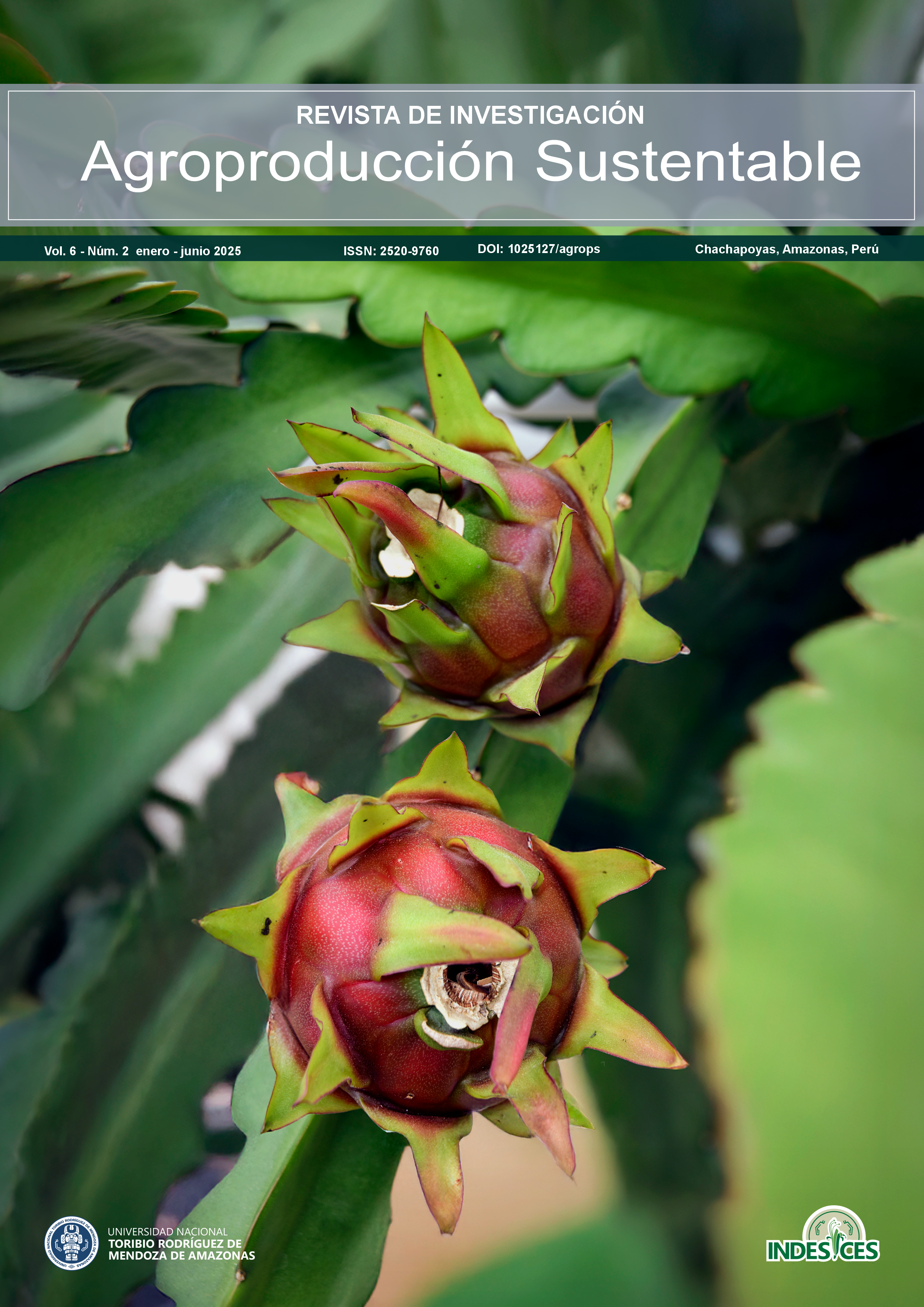Coffees with certification seals in marketing places of Perpignan-France and Piracicaba-Brazil
DOI:
https://doi.org/10.25127/agrops.20252.1090Palabras clave:
Coffee certification, coffea arabica, retail marketing , price premium, sustainable labelingResumen
The certification seals build a relationship of trust between producer and consumer, creating opportunities for products and sustainability in the field. However, there is a need to understand the profiles of the main coffee certification seals used in the coffee marketing places. Therefore, the study monitored the profile of coffee with certification seals displayed on the shelves in marketing places, located in Piracicaba/Brazil, and Perpignan/France. This study monitored the profile of coffee certification seals in marketing places located in Brazil (Piracicaba, São Paulo region) and France (Perpignan, Occitania region) between 2022 and 2023. In both countries, data on coffee displayed on the shelves was monitored in the marketing places (supermarkets, hypermarkets, and wholesalers). Results showed that in Perpignan/France, there was a higher variety of coffees with certification seals in hypermarkets, compared with Piracicaba/Brazil. In Perpignan/France, part of the coffee displayed on the shelves was produced in Brazil (17.9%), Colombia (17.9%), Ethiopia (14.3%), and Peru (14.7%). While the coffee found on the shelves in Piracicaba/Brazil, was produced in Brazil, without coffee derived from another country. Environmental seals were most frequently found on coffee displayed on the shelves, in approximately 43% of the products. In Perpignan/France, there was an increase in value of 26% between traditional coffee without a seal and coffee with a seal, and an increase of 133% between traditional coffee without a seal and organic coffee. In Piracicaba/Brazil, there was an increase in value of 34% between traditional coffee without a seal and coffee with a seal. Based on the results concluded that coffee certification seals promote the coffee price with an increase of coffee varieties displayed on the shelves in marketing places located in Brazil and Perpignan/France.
Descargas
Publicado
Número
Sección
Licencia
Derechos de autor 2025 Nathalie Garbelotti de Jail, Caio Henrique Beraldo Cyrino, Risely Ferraz Almeida

Esta obra está bajo una licencia internacional Creative Commons Atribución-NoComercial-CompartirIgual 4.0.
Aquellos autores/as que tengan publicaciones con esta revista, aceptan los términos siguientes:
- Los autores/as conservarán sus derechos de autor y garantizarán a la revista el derecho de primera publicación de su obra, el cuál estará simultáneamente sujeto a la Licencia de reconocimiento de Creative Commons. Por tanto:
Usted es libre de:
- Compartir — copiar y redistribuir el material en cualquier medio o formato
- Adaptar — remezclar, transformar y construir a partir del material
- La licenciante no puede revocar estas libertades en tanto usted siga los términos de la licencia
Bajo los siguientes términos:
Atribución — Usted debe dar crédito de manera adecuada, brindar un enlace a la licencia, e indicar si se han realizado cambios. Puede hacerlo en cualquier forma razonable, pero no de forma tal que sugiera que usted o su uso tienen el apoyo de la licenciante.
NoComercial — Usted no puede hacer uso del material con propósitos comerciales.
CompartirIgual — Si remezcla, transforma o crea a partir del material, debe distribuir su contribución bajo la lamisma licencia del original.
- No hay restricciones adicionales — No puede aplicar términos legales ni medidas tecnológicas que restrinjan legalmente a otras a hacer cualquier uso permitido por la licencia.
- Los autores/as podrán adoptar otros acuerdos de licencia no exclusiva de distribución de la versión de la obra publicada (p. ej.: depositarla en un archivo telemático institucional o publicarla en un volumen monográfico) siempre que se indique la publicación inicial en esta revista.
- Se permite y recomienda a los autores/as difundir su obra a través de Internet (p. ej.: en archivos telemáticos institucionales o en su página web) antes y durante el proceso de envío, lo cual puede producir intercambios interesantes y aumentar las citas de la obra publicada. (Véase El efecto del acceso abierto).

Esta obra está bajo una Licencia Creative Commons Atribución-NoComercial-CompartirIgual 4.0 Internacional


